HeLa: Immortality for The Benefit of Humanity
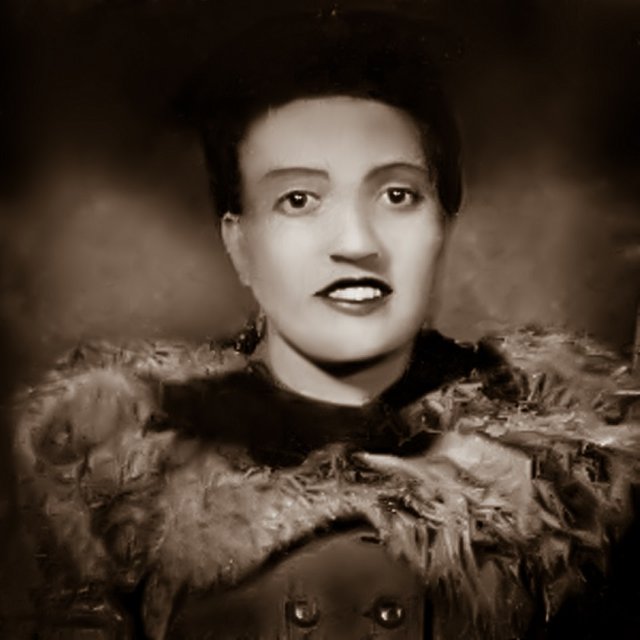
image source
Henrietta Lacks was born August 1, 1920 into a large family in the town Roanoke, Virginia. Thirty years later, she was diagnosed with an aggressive form of cervical cancer. The illness progressed very rapidly and 8 months later Henrietta died, not knowing that in a sense, she became immortal and in the future will save millions of lives...
Before the start of radiation therapy doctor of Henrietta (without her knowledge and consent) sent a sample of her cancer infected tissue in the research laboratory to George Otto Gey. The research results were striking, the cells, obtained from the sample of tissue, refused to die.
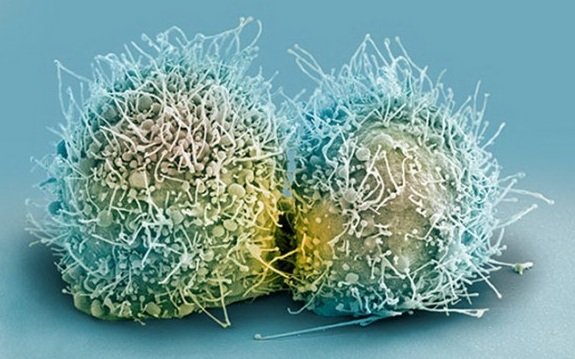
image source
Placed in a nutrient medium, they quickly multiply, not die after a large number of divisions and not aging, in fact, they were immortal. It was a phenomenal discovery for the field of research in biology and medicine. George Gey named this cell line HeLa (acronym named Henrietta Lacks).
Normal cells, that were used for laboratory research before, have a Hayflick Limit: human cells die after about 50 divisions and show signs of aging when approaching this border.
It makes impossible to conduct a long-term study on the cell structure with the same parameters, and the more transfer test material to other laboratories, to conduct a comprehensive study and to obtain objective results that would be confirmed by multiple studies. But HeLa changed everything.
Unlike other cells, HeLa survived any transportation (even flew into space in 1960, and returned alive). Its cell line is continuous, they divided constantly. This survivability stems from the fact that the cells were initially infected with a virus of papilloma, what led to the change in the number of chromosomes.
In a sense, HeLa was the first carrier of the human genome in space
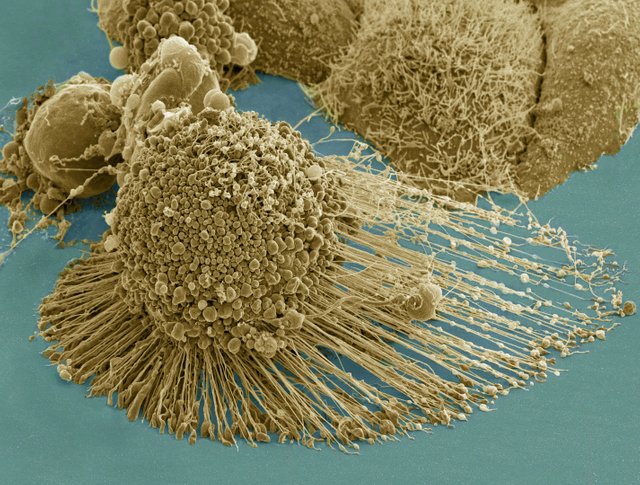
image source
If a regular human cell have 46 chromosomes, HeLa can have 49, 54, 62... and even 78 chromosomes, and in the division they not lose so-called telomeres (which are responsible for the number of divisions and the transmission of genetic information).
Wherein, all genes and biological molecules of HeLa correspond to human's cells and show identical reactions to the different effects.
Because of the wide set of chromosomes HeLa carry on its surface an unique set of receptors, which allow to study the action of various substances. It was exposed to radiation, toxins, testing of medications.
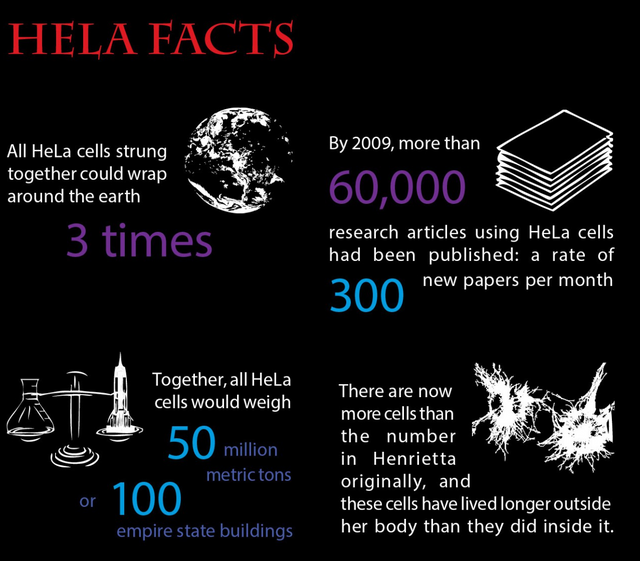
image source
HeLa cells caused a huge pace of development of molecular biology during the second half of the XX century. In 1955 they became the first cloned cells, with their help conduct research on cancer and AIDS. Almost all modern medicines were created on the basis of studies in cell line HeLa. It will let to make many more discoveries that will continue to save and lengthen human life.
***
For a long time the family of Henrietta Lacks had no idea that her genetic material is used in this way. But turned out that HeLa were very aggressive, accidentally hitting on a speck of dust in the air, on clothes, on poorly cleaned instruments in the laboratory, they were actively infecting other cultures and confused the results of hundreds of experiments. In addition, they were subjected to so many effects and mutations that became difficult to distinguish between the original "pure" HeLa cells from others.
Therefore, scientists had to appeal to the relatives of Henrietta to compare their genetic data. Of course her relatives were not happy. In 20 years, when using HeLa without their knowledge and consent, medical institutions have made billions of dollars, while they continued to live in poverty. Besides, in the ' 70s her family believed that the soul of Henrietta continues to live in cells, used for experiments, and can not rest in peace.
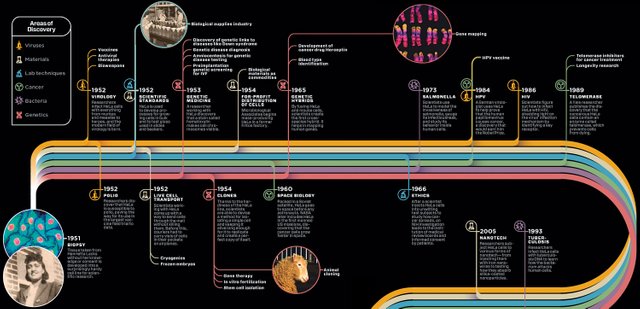
image source (full size)
Henrietta Lacks was buried without a headstone in the family graveyard in the County of Halifax (Virginia). Her exact place of burial is unknown, although the family believes she is buried at the foot of her mother's tomb. In 2010, Dr. Roland Pattillo put on her grave headstone in the form of book, in honor of her contribution to science.
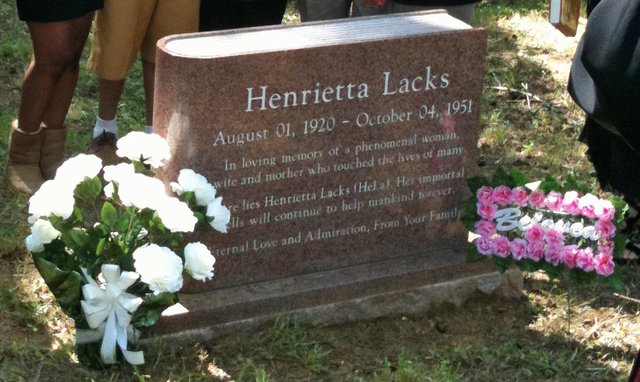
image source
sources: Cell Division, Hela, Henrietta Lacks, Immortal HeLa cells, Good-bad HeLa, Hayflick Limit, Immortal cells

Nice job with this post! Good job explaining one of our most important tools! We take a lot of scientific tools for granted, and some of them (like the HeLa cells), were a very lucky discovery! This post also flows very well and is easy to read!
Come join us at the SteemSTEM chat channel
https://steemit.chat/channel/steemSTEM
thank you, your reply is very important for me!!!
upvoted!!